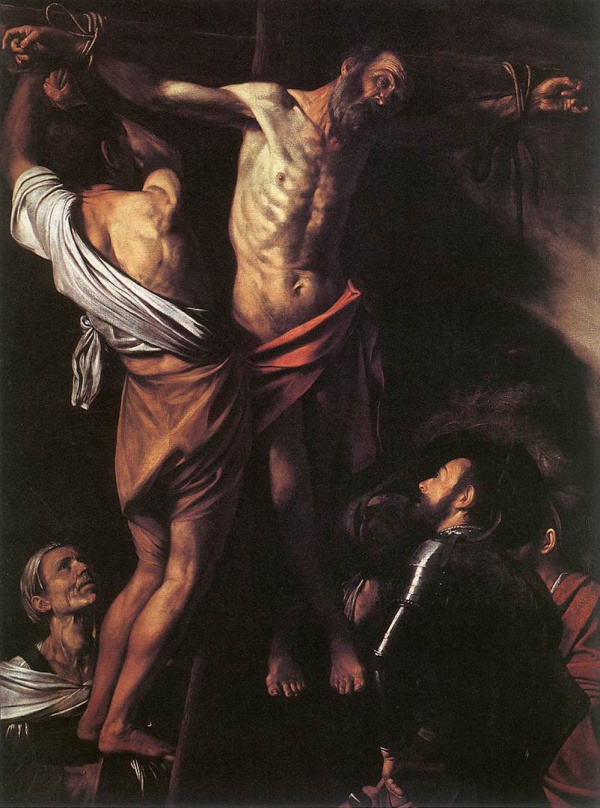Facts About The Crucifixion of Saint Andrew
"The Crucifixion of Saint Andrew" is a compelling painting by the renowned Italian Baroque artist Caravaggio, currently housed in the Cleveland Museum of Art. This masterpiece arrived in Cleveland in 1976 from the Arnaiz collection in Madrid, having originally been brought to Spain by the Spanish Viceroy of Naples in 1610.
The painting vividly captures the martyrdom of Saint Andrew. Bound to a cross with ropes, Saint Andrew miraculously survived for two days, during which time he converted the onlookers before he was eventually released and ultimately martyred.
The painting's journey began in 1610 when Juan Alonso Pimentel de Herrera, the 5th Duke of Benavente, transported it to Spain from Naples. It held a place of high esteem in his family's collection and was described as a significant work featuring a nearly nude Saint Andrew being crucified. The Viceroy, who was deeply devoted to Saint Andrew, is believed to have commissioned the piece. It later found its home in the Cleveland Museum of Art.
Interestingly, there are three other versions of this composition. One is in the Spier Collection in London and has ignited debate among art historians—some attribute it to Caravaggio, while others consider it a copy. Two additional copies reside in the Museo Provincial de Santa Cruz in Toledo, Spain, and the Musée des Beaux-Arts de Dijon in France. The question of whether Caravaggio himself painted these versions continues to be a topic of ongoing discussion among experts.

 Canada
Canada